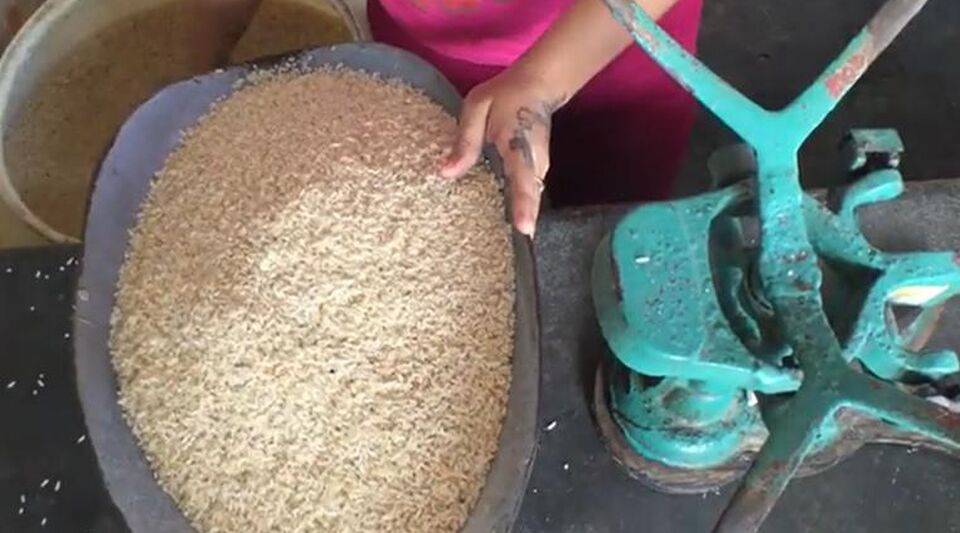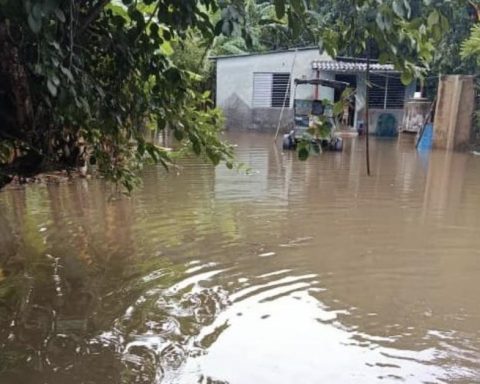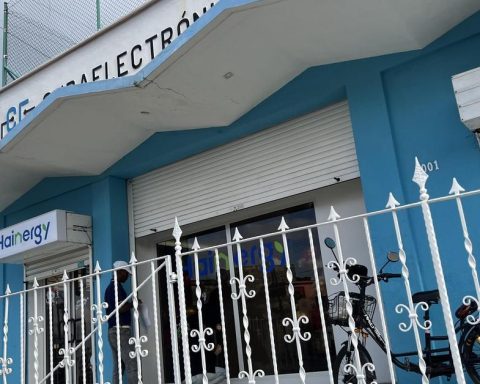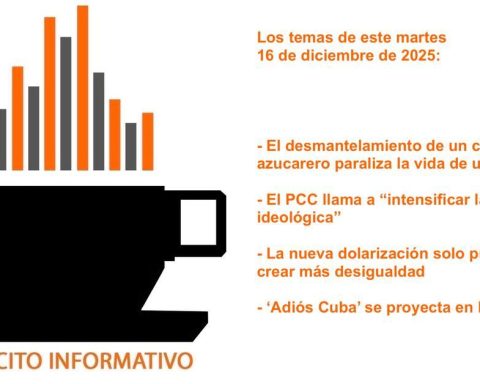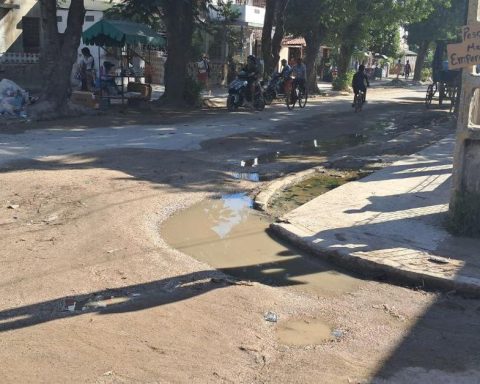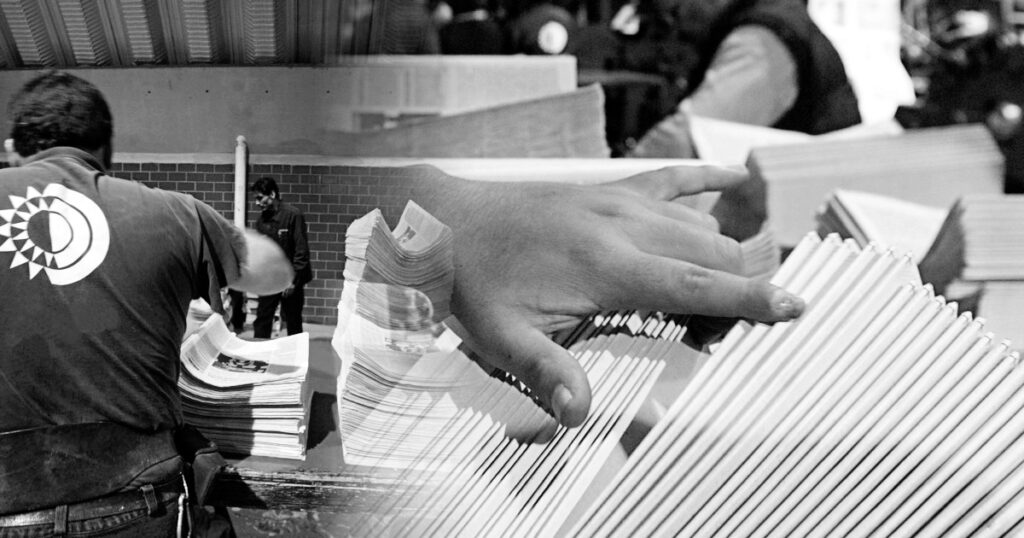The authorities of Sancti Spíritus hope that a miracle will save the supply of rice for Cuban families this 2023 because “there is no support to sell it in a free, systematic or stable manner,” warned Ricardo García Hernández, coordinator of Programs and Objectives of the provincial government, in a interview published this thursday by Escambray.
The official announced that the table of the families from Sancti Spiritus will be devoid of this food in “a good part of the month”, at the same time that he issues a harsher warning: “An improvement is not expected for the year either.”
Jorge, a stevedore from the provincial warehouses interrogated by 14ymedio, affirms that the situation is not “normal” and that “it should not be happening”, since Sancti Spíritus is characterized by its rice production. The explanation lies in a new administrative strategy: “The mission is to replace the rice in the central reserve, which is practically at zero,” he says.
The sensible thing to do, says Jorge, would be to balance production: put half of it up for sale and save the rest. “The result is that the price of rice goes up ten pesos every three or four days. And that’s when you find something,” he laments. You can only buy it at stalls, such as Kilo 12 or at Trinitarios. Of course, at 140 pesos per pound and after making a huge queue.
“The result is that the price of rice rises ten pesos every three or four days. And that’s when you find something,” he laments.
“It’s not even rice from Sancti Spíritus,” the grocer complains to this newspaper, which guarantees that, however, the province continues to produce, although the current quantities do not compare to those of yesteryear and are not enough for the local supply. “Over the weekend they are going to sell it for 45 pesos in certain squares of the city,” he anticipates, but clarifies that it will be almost impossible to buy it without sleeping the night before in the portals of the points of sale, to reach a number.
The situation is “critical”, agrees the coordinator García Hernández. The sale has come to be suspended at agricultural fairs to bring the little supply to popular markets, where most families “will be able to purchase it in a more organized way and as far as they can.”
The official insists that the little rice that was bought from the producers does not satisfy the demand at all, which is why the Government also decided to concentrate it in the municipalities of Sancti Spíritus and Trinidad, which have the highest population rate in the province, since where the sale of 10 pounds for each family nucleus will be controlled. Although Escambray acknowledges that families can purchase grain for up to 130 pesos per pound in the informal market.
García Hernández is of the idea of resuming the sowing of popular rice, as it was “a few decades ago”, where the peasants cultivated with traditional methods for family consumption and the surplus was delivered to the collection centers for free sale. But this depends on producers having financing and guaranteeing the supply of agricultural inputs, at a time when the Island is facing a severe deficit of fertilizers and herbicides.
“The province cannot develop grain plantations” and in recent years the productive bases have decreased because “the free sale at fairs and markets was guaranteed”
“The province cannot develop grain plantations” and in recent years the productive bases have decreased because “the free sale at fairs and markets was guaranteed.” In addition, there was the supply of the Arrocera Sur del Jíbaro, which this year has been almost paralyzed, added the coordinator.
Rice production, like most agricultural sectors, has plummeted in Cuba and is increasingly dependent on imports. In 2022, the harvest was 120,000 tonsfar from the 700,000 necessary for national consumption.
Oslando Linares Morell, director of the Rice Technology Division of the state-owned Grupo Empresarial Agrícola, told the newspaper Granma last January that the demand for this year stands at 600,000, a drastic reduction from the figure estimated in 2022 and that can be attributed to relief after the massive departure of more than a quarter of a million Cubans in the last 12 months.
The Cuban government estimates that for self-sufficiency, 200,000 hectares per year would have to be planted, with a yield of six tons per hectare and a production of 1,200,000 tons of wet cereal.
But production starts off on the wrong foot and Linares Morell pointed out that the harvest plans for 2023 “are quite low” with 40% of the planned plan, that is, only 68,000 of the 140,000 hectares planned at the national level were planted.
________________________
Collaborate with our work:
The team of 14ymedio He is committed to doing serious journalism that reflects the reality of deep Cuba. Thank you for accompanying us on this long road. We invite you to continue supporting us, but this time becoming a member of our newspaper. Together we can continue transforming journalism in Cuba.
